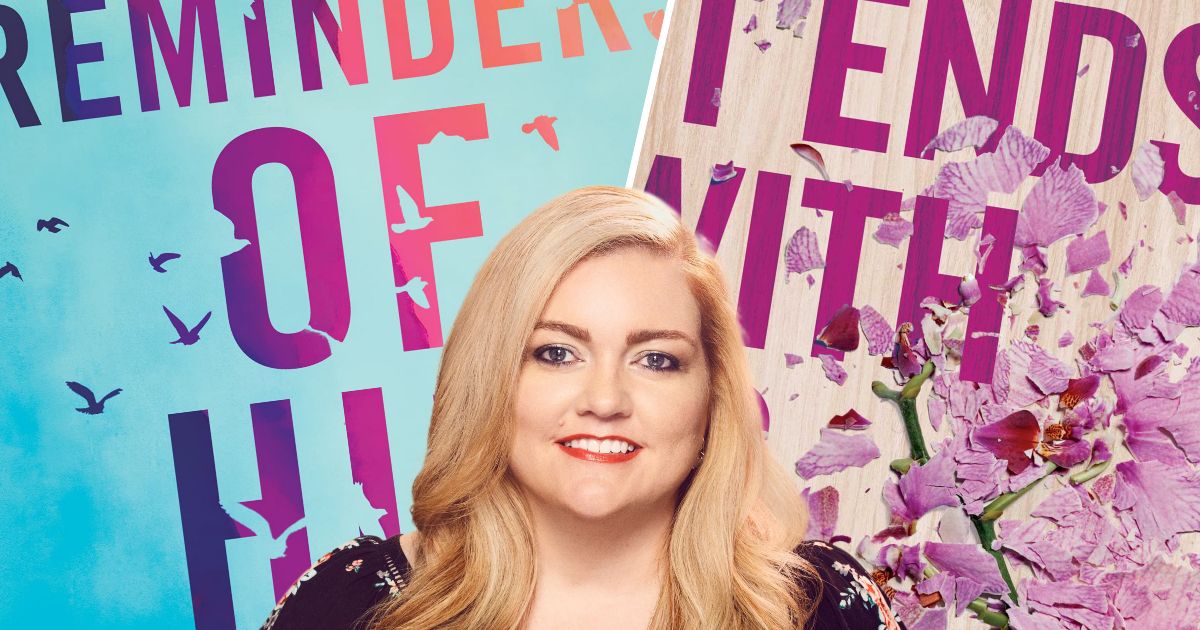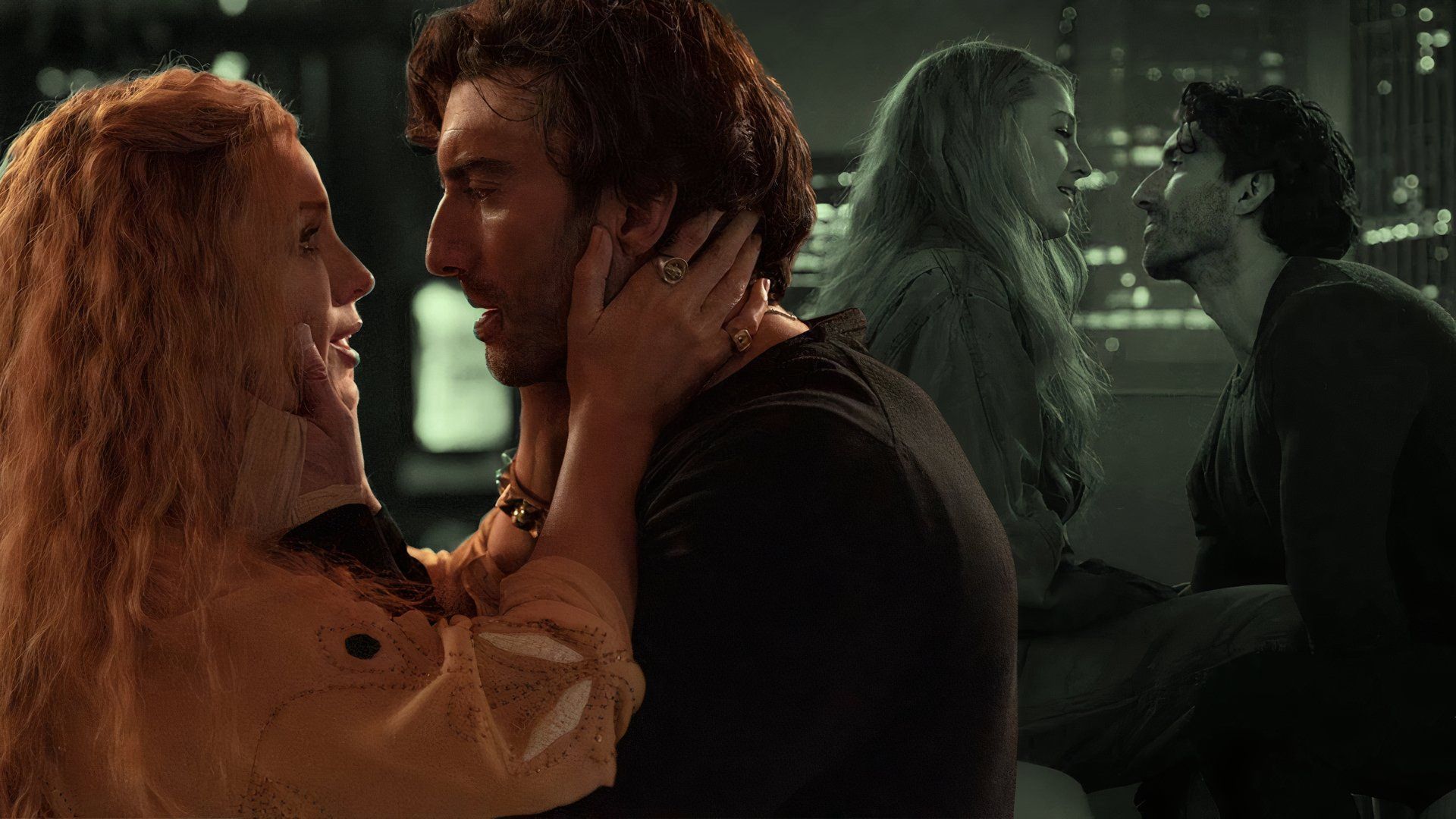Summary
- The movie adaptation of
It Ends With Us
ages up characters to reach a wider audience, reflecting the universal experiences of domestic abuse survivors. - The film portrayed a realistic cycle of abuse with Ryle, as the crew worked with organizations to authentically depict domestic violence.
- The changed ending in
It Ends With Us
provides a more realistic and impactful conclusion, avoiding the cliché of giving abusers a second chance.
The movie adaptation of It Ends With Us is here, and, like its original debut on BookTok, it has set audiences ablaze. The film follows Lily Bloom (Blake Lively) and her journey through a tumultuous relationship with Ryle Kincaid (Justin Baldoni) while navigating her feelings for her first love, Atlas Corrigan (Brandon Sklenar). The novel written by Colleen Hoover sparked controversy for its depiction of domestic violence and divided the internet when it was announced that the book was being adapted for the big screen.
Some welcomed the prospect as it allowed Hoover to portray domestic abuse respectfully and reflect on survivors and their experiences. Much like any book-to-film adaptation, changes are made to the story to translate well on screen, and the film was no exception. Director/star Baldoni and the screenwriters were determined to remain faithful to the book but were open to making the necessary changes to bring the story to life. The creative team saw these huge changes as an opportunity to rectify the controversial elements of the novel and create valuable messages for survivors of domestic abuse.
Aging up the Characters in It Ends With Us
When Lively was announced to be joining the cast and playing the role of Lily Bloom, fans weren’t necessarily ecstatic. In the book, Lily is 23, Atlas is 26, and Ryle is 30. The cast doesn’t reflect Hoover’s original vision for the characters and fans took issue with this change. However, with Hoover’s approval, Baldoni and the team agreed to shift the age, and audiences were introduced to characters in their mid-30s. The author and director had their reasons for wanting to change this detail for the film.
In an interview with Entertainment Weekly, Baldoni revealed that he always envisioned older characters for the movie.
“I wanted women of all ages to be able to see themselves, and aging up the characters, I think, really helps it become a universal story, and it takes it out of the YA genre.”
Hoover told Today that it was an opportunity for her to correct a mistake she made when she first wrote the novel.
“There’s no 28-year-old neurosurgeons, you know? You go to school for 15 years. And so to make corrections to what I messed up in the book, we aged the characters up somewhat.”
A minor detail, like age in a novel, could make a big difference in terms of universal messages from a film. Taking the YA aspects from the premise allowed the film to appeal to a wider audience, reaching women of all ages experiencing the same journey as Lily Bloom.
Book vs. Film: Lily’s Response and Ryle’s Blackouts
The depiction of domestic abuse in the novel is harrowing, and the creative team had an immense amount of responsibility to adapt those scenes with as much respect as possible. The film adapted Lily’s response and Ryle’s accountability differently than what Hoover originally wrote. In the book, Lily recognizes Ryle’s behavior as violent, and any time he acts on his violent impulses, she threatens to leave him. Readers of the novel interpreted this as Hoover undermining survivors and the reality of being in an abusive relationship and the difficulty and danger of leaving. The film expresses the truth behind the mental state of women when they’re in that environment. In the film, Lily is in denial of Ryle’s violent behavior, and as the story progresses, she recognizes the severity of the abuse.

Related
It Ends With Us Author Talks Casting Controversy for Blake Lively and Justin Baldoni in Film Adaptation
It Ends With Us author Colleen Hoover finally addressed the backlash regarding casting Blake Lively and Justin Baldoni in her book’s film adaptation.
In the book, Ryle’s accountability, or lack thereof, was another controversial depiction. He excuses his physical aggressions as “blackouts,” and, therefore, he has no control over his actions when he has these episodes. However, the film takes a different approach to Ryle’s lack of accountability, as he’s aware of his actions and can recall the events, and decides to gaslight Lily. Baldoni was adamant about representing the cycles of abuse authentically, and he did the research required to do what he set out to do. Working with the No More organization, the creative team learned more about domestic violence and the psychological consequences that prevent survivors from breaking the cycle.
Lily and Ryle’s Ending in It Ends With Us
It might be safe to say that divided fans can agree that the film’s ending was changed for the better. Hoover’s novel ends with Lily divorcing Ryle and deciding to co-parent their daughter. People not only saw this as a danger to Lily but a danger to their child. Allowing Ryle to form a part of their child’s life, and by extension Lily’s, negates her leaving. The book gives the domestic abuse element a happy ending of sorts and gives the impression that the abuser is never violent again.

Related
It Ends With Us Cast & Character Guide
Rife with rich characters and a heartbreaking story, It Ends With Us stars some big Hollywood names, all capable of bringing such a story to life.
In an interview with The Wrap, Baldoni explains the decision behind changing Ryle’s ending and that the original screenplay didn’t feel like a comfortable ending to him.
“The truth is, from our research and from our partners, we know that the majority of men go back to being abusers, and that’s the fact.
So the best ending for Ryle was to look at his wife and kid, and the life that he could have had, the life that he blew up, and to walk out the door and for us not to see him again. And that was, for me, what felt the best in adapting the book and turning into a film is to say bye to him there.”
In an interview with Deadline, Hoover agreed that the essence of the story was present despite the changes made to her original vision.
“They changed a few things, but overall, I don’t feel like when you watch the movie that you feel anything’s missing.”
It Ends With Us, starring Blake Lively and Justin Baldoni, is in theaters now.




